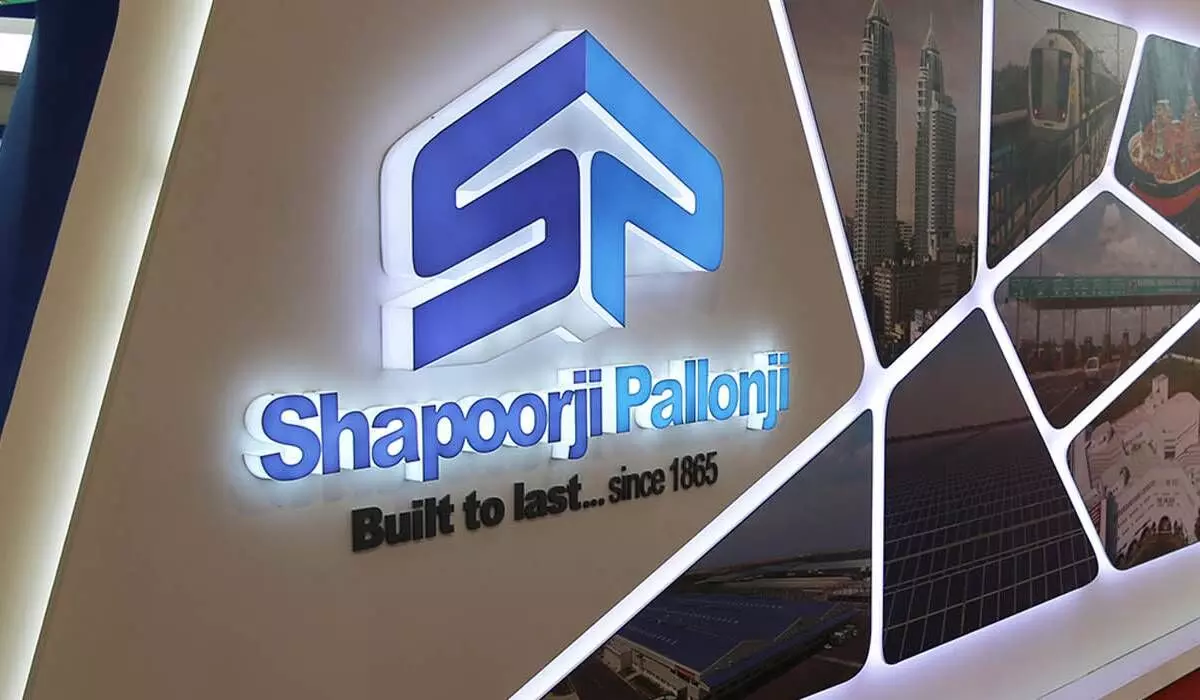Shapoorji Pallonji subsidiary to constructs India's first undersea rail tunnel
On Thursday, National High Speed Rail Corp. Ltd (NHSRCL), a special purpose vehicle (SPV), announced a contract signing with Afcons Infrastructure, a subsidiary of Shapoorji Pallonji, for the construction of a 21 km long tunnel in Maharashtra as part of the upcoming Mumbai-Ahmedabad bullet train corridor. The contract is valued at Rs 6,397 crore and includes the construction of India's first 7 km long undersea rail tunnel.
image for illustrative purpose

On Thursday, National High Speed Rail Corp. Ltd (NHSRCL), a special purpose vehicle (SPV), announced a contract signing with Afcons Infrastructure, a subsidiary of Shapoorji Pallonji, for the construction of a 21 km long tunnel in Maharashtra as part of the upcoming Mumbai-Ahmedabad bullet train corridor. The contract is valued at Rs 6,397 crore and includes the construction of India's first 7 km long undersea rail tunnel.
The tender process for the project began earlier this year, with technical bids opened in February and financial bids opened in April. The undersea tunnel, located in the intertidal zone near Mumbai's Thane Creek, is considered one of the most challenging parts of the corridor. The construction of this tunnel will involve the use of three tunnel boring machines (TBMs) and the New Austrian Tunnelling Method (NATM).
The 21 km tunnel will connect the underground stations at the Bandra-Kurla Complex and Shilphata in Maharashtra. It will be a single tube structure accommodating twin tracks for trains moving in both directions. Additionally, 39 equipment rooms will be constructed at 37 locations along the tunnel.
The construction will employ TBMs with a cutter head diameter of 13.1 meters, much larger than those used for mass rapid transport system (MRTS) projects like metro rail, which typically have 5-6 meter diameter cutter heads. Three TBMs will be used to bore 16 km of the tunnel, while the remaining 5 km will be constructed using the NATM method. The tunnel will have a depth ranging from 25 meters to 65 meters below ground level.
Progress has also been made in other aspects of the project, including the completion of over 60 km of viaduct in Gujarat and the commencement of preliminary work on the Bandra-Kurla station.
Initially expected to be completed by 2023, the project has faced delays due to land acquisition issues in Maharashtra and the countrywide lockdown imposed in March 2020 to mitigate the first wave of the Covid-19 pandemic. As a result, the project deadline has been extended.
The Mumbai-Ahmedabad bullet train corridor was launched in September 2017 by Prime Minister Narendra Modi and his Japanese counterpart Shinzo Abe.

